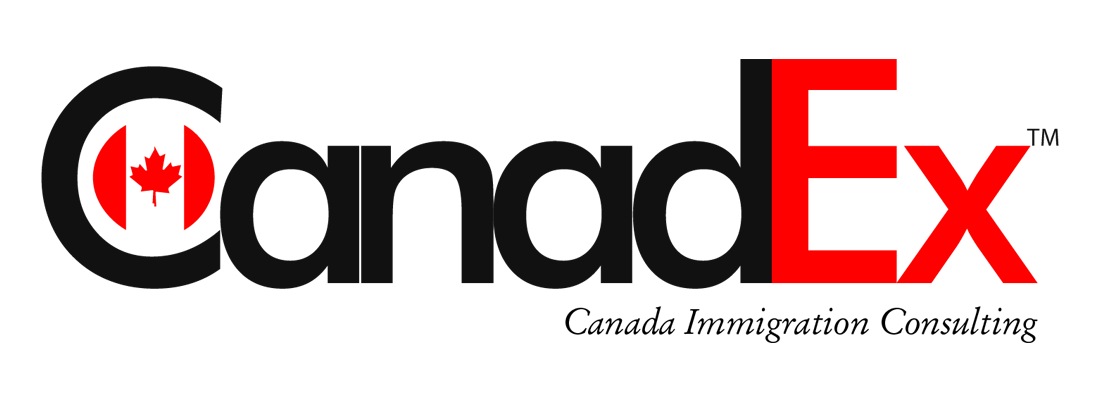Immigration, Refugees and Citizenship Canada (IRCC) has announced proposed amendments to the Immigration and Refugees Protection Act (IRPA) aimed at creating a new permanent economic immigration category. This category will be designed for workers with experience and training at the Training, Education, Experience, and Responsibilities (TEER) levels 4 and 5. According to IRCC, this initiative is intended to modernize the economic immigration system by enabling a broader range of skilled and experienced candidates to achieve permanent residency.
Recognizing Contributions and Forthcoming Plans
The proposed changes aim to address the longstanding need to recognize the contributions of individuals who have acquired valuable Canadian work experience but have faced challenges in obtaining permanent residency. “Indian professionals must showcase their unique qualifications and experiences to capitalize on opportunities within Canada’s dynamic job market,” notes Abhijit Zaveri, Director & Founder of Career Mosaic.
Further details about this new immigration class and associated pathways will be revealed this autumn in the Canada Gazette, Part I, followed by additional publication in Part II. This development is part of the Forward Regulatory Plan for 2024-2026.
Understanding the TEER System
Introduced in 2022, the TEER system replaced the old National Occupation Classification (NOC) system’s “Skill Levels.” The TEER system categorizes jobs into different levels based on the required education, training, and experience:
- TEERs 0-3: Jobs usually requiring post-secondary education or a specific length of apprenticeship.
- TEERs 4 and 5: Jobs requiring a high school education, on-the-job training, or no formal education but some short-term work demonstration.
Current Limitations and Impact on Temporary Residents
At present, TEERs 4 and 5 are not typically eligible for federal economic immigration programs like Express Entry. This limitation often makes it difficult for newcomers in these jobs to obtain permanent residency, despite their contributions as temporary residents.
Many temporary residents in Canada, including temporary foreign workers (TFWs) and international students, find themselves in what Statistics Canada refers to as “low-skilled” positions. A recent Statistics Canada study highlighted a shift in employment towards low-skilled sectors such as accommodation, food services, and retail trade among TFWs and international students. This shift can lead to a higher proportion of low-skilled TFWs among new immigrants, affecting their earnings and economic integration.
Proposed Amendments
The proposed amendments aim to facilitate the transition to permanent residency for foreign nationals with Canadian work experience in TEER 4 and 5 jobs. This initiative will provide more opportunities for these workers to continue contributing to the Canadian economy and address labor market needs.
IRCC has identified this initiative as a medium-term priority. The regulatory changes will not require cooperation from domestic or international regulatory bodies.
TEER Categories and Job Examples
Here is a summary of the different TEER categories and examples of jobs within each:
- TEER 0: Management occupations (e.g., Advertising, marketing, and public relations managers, Financial managers).
- TEER 1: Jobs usually requiring a university degree (e.g., Financial advisors, Software engineers).
- TEER 2: Jobs usually requiring a college diploma, apprenticeship training of 2 or more years, or supervisory roles (e.g., Computer network and web technicians, Medical laboratory technologists).
- TEER 3: Jobs usually requiring a college diploma, apprenticeship training of less than 2 years, or more than 6 months of on-the-job training (e.g., Bakers, Dental assistants, and dental laboratory assistants).
- TEER 4: Jobs usually requiring a high school diploma or several weeks of on-the-job training (e.g., Home childcare providers, Retail salespersons, and visual merchandisers).
- TEER 5: Jobs usually requiring short-term work demonstration and no formal education (e.g., Landscaping and grounds maintenance laborers, Delivery service drivers, and door-to-door distributors).
Implications for Indian Workers
India is among the top countries receiving Canadian Permanent Residency (PR) in 2024, with approximately 65,000 PRs issued to Indian nationals. Indian immigrants typically use Express Entry, Provincial Nominee Programs (PNP), or Family Sponsorship to migrate to Canada. The new TEER-based pathway will make it easier for Indian workers in various fields to transition from temporary to permanent residency, allowing them to fully participate in and contribute to the Canadian economy.
Consultation and Feedback
As part of the regulatory process, IRCC will conduct consultations to gather feedback and refine the proposed amendments. The pre-publication phase in the Canada Gazette, Part I, will offer an opportunity for stakeholders, including businesses, advocacy groups, and the general public, to review and comment on the proposed changes.
